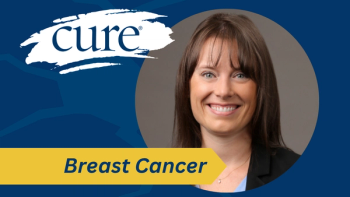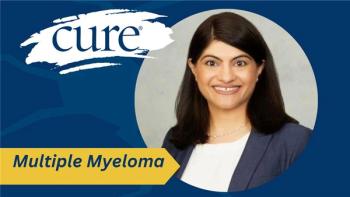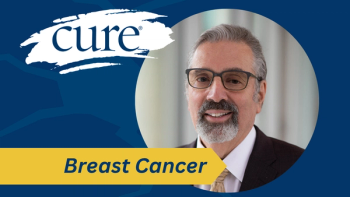
Perjeta Plus Herceptin Without Chemo Sufficient for HER2+ Metastatic Breast Cancer
Patients with HER2-positive metastatic breast cancer may receive sufficient first-line treatment with Perjeta plus Herceptin without chemotherapy.
The treatment combination of Perjeta (pertuzumab) plus Herceptin (trastuzumab) alone without chemotherapy during first-line treatment, followed by Kadcyla (trastuzumab plus emtansine) as second-line treatment, is sufficient for some patients with ERBB2-positive metastatic breast cancer, according to a recent study.
Perjeta is a HER2 monoclonal antibody drug — a man-made version of an immune system protein that attaches to a particular target, such as cancer cells, to stop them from growing — that is typically combined with herceptin, another monoclonal antibody drug, according to the American Cancer Society. Kadcyla is a HER2-targeted drug that is made up of two drugs: Herceptinand a chemotherapy.
In the JAMA Oncology study, the authors presented results from a phase 2 clinical trial with two randomized groups. There was a total of 210 patients with ERBB2-positive (also called HER2-positive, according to the National Institute of Health) metastatic breast cancer (MBC).
Patients in group A received Perjeta and Herceptin without chemotherapy as a first-line treatment. Patients in group B received Perjeta plus Herceptin combined with Abraxane (paclitaxel, a chemotherapy drug) or received Navelbine (vinorelbine tartrate, a chemotherapy drug) before Perjeta plus Herceptin maintenance therapy after chemotherapy was discontinued. Kadcyla was used as second-line treatment for both groups.
At the time the trial was terminated in May 2020, there were 23 patients with ERBB2-postive MBC receiving first-line treatment, in which 10 patients were in group A and 13 patients were in group B. Of the 111 patients receiving second-line treatment, seven were still under treatment when the trial was terminated and 98 patients died, the study authors reported.
Two main focuses were identified in the study: overall survival (the period from diagnosis or treatment where patients are still alive) and progression-free survival (the period during and after treatment of cancer when the disease does not worsen).
In group A, the median overall survival was at 60.5 months, compared to 68.8 months in group B. The authors noted that the yearly overall survival difference between groups A and B was not significant.
“Although 2-year (overall survival) did not differ between both strategies, the median (progression-free survival) was significantly shorter in patients without first-line chemotherapy,” the study authors wrote. “Second-line therapy with (Kadcyla) remained effective following dual (Perjeta) plus (Herceptin) blockade, with a median (progression-free survival) of 6.8 months.”
Conversely, the study authors found that there were relevant differences among groups A and B regarding the median progression-free survival during first-line treatment. The median progression-free survival was 8.4 months in group A and 23.3 months in group B. The median progression-free survival for second-line treatment of Kadcyla for all patients was 8.9 month and 6.4 months in groups A and B, respectively.
Quality of life (QOL) was another focus of the study. Patients were asked to complete QOL forms every 12 weeks to 24 months or until progression during first-line therapy before patients started second-line treatment and 12 and 24 weeks after second-line treatment. The study authors used a 16-item self-report measure, called NFBSI-16, to identify QOL in patients, which covered disease- and treatment-related symptoms and concerns related to advanced breast cancer on a scale from zero (not at all) to four (very much).
The study authors noted that the QOL form completion rates during the first-line treatment exceeded 80% at month three. However, they also reported that the completion rates declined to less than 50% at month 24 in both groups. The authors recognized that more patients in group A submitted QOL forms compared with group B, which could explain the possible skew in the completion rate results.
“Quality of life is paramount in metastatic disease, and omitting chemotherapy may result in better QOL due to reduced treatment burden,” the authors concluded. “Our patients undergoing chemotherapy reported worse scores for the treatment adverse effect subscale during the first six months with a greater patient proportion reporting several NFBSI-16 individual symptoms and/or concerns as being ‘quite a bit’ or ‘very much’ a problem during first-line treatment, suggesting a patient-reported benefit of the chemotherapy-free approach without translating into a clinically relevant between-group difference in overall QOL.”
For more news on cancer updates, research and education, don’t forget to





